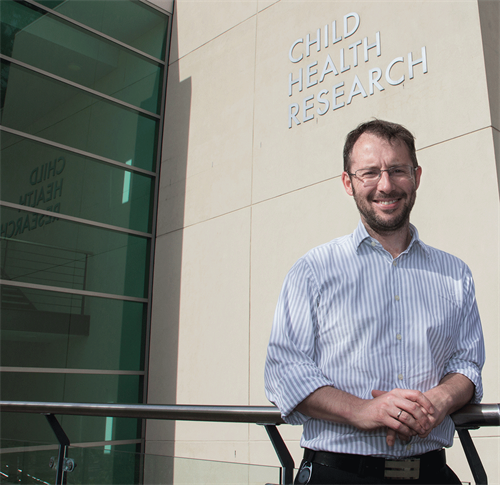Search
Research
High detection rates of nucleic acids of a wide range of respiratory viruses in the nasopharynx and the middle earBoth bacteria and viruses play a role in the development of acute otitis media, however, the importance of specific viruses is unclear.
Research
Immunogenicity and safety of a combined Haemophilus influenzae type b-NeisseriaNeisseria meningitidis serogroups B, C, and Y cause most meningococcal disease in industrialized countries...
Research
Safety and Immunogencity of a Prototype Adjuvanted Inactivated Split-Virus Influenza A (H5N1) Vaccine in Infants and ChildrenHighly pathogenic avian influenza A virus (H5N1) is a leading candidate for the next influenza pandemic, and infants and children may play an important role...
Research
The burden of rotavirus-related illness among young children on the Australian health care systemTo provide estimates of the annual number and cost of hospital admissions, emergency department (ED) visits and general practitioner (GP) visits...

News & Events
Whooping cough vaccine could be a new weapon in the fight against food allergiesResearchers from The Kids Research Institute Australia and Curtin University will use a $3.9 million grant from the National Health and Medical Research Council to investigate whether a type of whooping cough vaccine could provide bonus protection against food allergies and eczema.
Research
High concentrations of middle ear antimicrobial peptides and proteins are associated with detection of middle ear pathogens in children with recurrent acute otitis mediaElevated antimicrobial proteins and peptides and cytokines in middle ear effusion are a marker of inflammation and bacterial persistence
Research
Research priorities for childhood chronic conditions: a workshop reportResearch priorities emphasise a focus on life participation, psychosocial well-being, impact on family and quality of care
Research
Risk of newly detected infections and cervical abnormalities in adult women seropositive or seronegative for naturally acquired HPV-16/18 antibodiesNaturally acquired anti-HPV-16 antibodies were associated with a decreased risk of subsequent infection and cervical abnormalities in women >25 years
Research
SCN1A Variants in vaccine-related febrile seizures: A prospective studyPathogenic SCN1A variants may be identified in infants with vaccine-proximate febrile seizures
Research
The impact of influenza infection on young children, their family and the health care systemInfluenza infection in young children has a significant impact on medication use, absenteeism and the use of health care service
